To most observers, Californian Daniel J. Keys has skyrocketed to the top ranks of contemporary realist painters. But from his perspective, there is still much to learn and more growth to come. That’s why he creates small paintings on location and learns important lessons from the experience.
Considering that Daniel J. Keys (www.danieljkeys.com) grew up without the opportunity to attend art school, participate in painting workshops, or travel to museums, it is remarkable that he was able to create masterful paintings while still in his 20s. He did that by learning as much as he could from books, magazines, and websites, and by drawing and painting whenever possible.
Keys started painting at the age of 11 using a set of oil colors purchased with birthday money, and a few years later he discovered the work of Richard Schmid. Keys emulated Schmid’s alla prima approach to oil painting and later had the good fortune to be mentored by the Vermont-based artist.
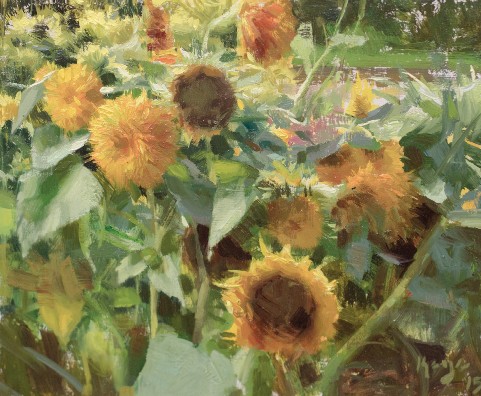
“I spent a lot of time looking at the images on Richard’s website, reading the questions and answers, and following the recommendations,” Keys recalls. “One piece of advice was to paint from life as often as possible, so from that point until fairly recently I painted directly from the landscape, still life arrangements, and posed models. My parents’ home was beside a river, and I often painted there. I set up still life arrangements in the house, and I convinced friends to pose for portraits.”
Keys quickly became known among collectors and dealers for his lush, tightly composed, painterly still lifes of fresh flowers, seasonal fruit, glass jars, and patterned fabrics. Those paintings sold so quickly that he had to work especially hard to create enough new work for his next exhibitions. And while still life painting continues to be important to the artist, Keys also challenges himself to paint other subjects.
Editor’s Note: Daniel’s oil paintings are done in the ala prima method and have a fresh and life-like appearance. Learn how he does it with these exclusive art video workshops from PaintTube.tv.
“When I face the pressure of a deadline for a gallery exhibit, I return to painting subjects I am confident will be successful and will bring a unity to the display,” he says. “However, when I’m not feeling the pressure of a deadline, I want to explore other subjects and styles of expression. I still have so much more to learn, even with still life painting. I’m proud of what I have done, but I can be better. There is always room to improve, and I consider each new painting an opportunity to learn and grow further as an artist. I might focus on composition in one painting, color harmony in another, value relationships in a third, and so on.
“In many ways, I am always painting, even when I don’t have a brush in my hand. When I look out a car window, chat with another person, or notice objects on a table, I’m thinking about how to make a painting from what I see. I judge the value relationships, arrangements of shapes, and organizations of values and color. I don’t limit myself to finding still life material, because I want to be able to paint anything that captures my attention. Many people miss opportunities to learn because they want to paint a limited range of subjects that are pretty or iconic. To me, it’s all a learning experience, and I can find something to paint anywhere.”
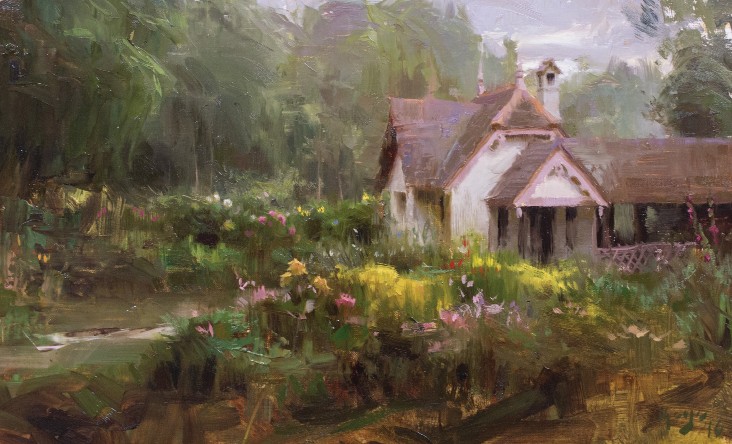
Although plein air painting has long been an important part of that learning experience for Keys, he made great progress after studying with Jeremy Lipking. “During the workshop, Jeremy only painted on 6 x 8-inch panels, and at first that seemed like an odd way of capturing the vastness of the landscape,” Keys recalls. “His reasoning was that working small forces an artist to study the overall effect, not the details of what is happening. In that way, the artist becomes a student again, with no other obligation but to learn.
Related > The Art of Jeremy Lipking and Why It’s “Rooted in Nature”
“After going through that exercise, I could scale up my outdoor work and still keep in mind the impact of the overall effect. And if I decided to use one of those plein air pieces as the basis of a larger studio painting, there would be enough information to trigger my memory and allow me to expand the scene to a larger scale. In addition, I can now use photographs as a resource because my guide would be the plein air sketch, not the detailed digital image.”
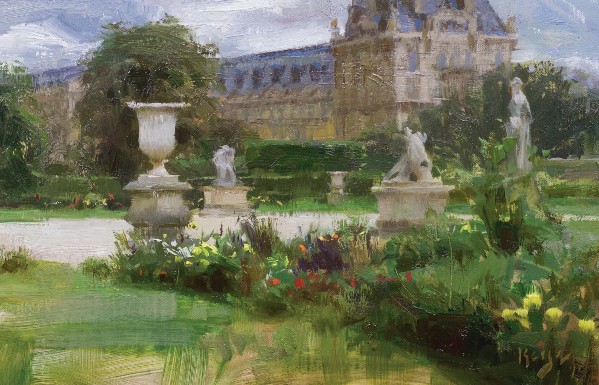
While many of his plein air paintings were created near his home in Fresno, California, Keys has had opportunities to paint in Montana, New Hampshire, Arizona, and Colorado, and he has traveled through France and Spain, painting and teaching workshops. “I have several painting buddies who enjoy painting in Montana, and we have made a number of trips through the state,” he says. “I enjoy the friendship and the chance to share a trip with other painters, but there is always a bit of a compromise when deciding on a painting location that suits everyone. However, I always learn something when I have to paint at a location someone else has chosen. After all, I can turn my easel to change the direction of light as well as the arrangement of shapes.”
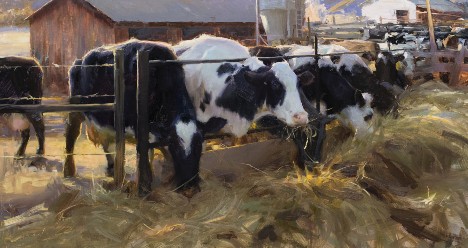
Keys indicates that he is now working on large studio landscapes from photographs that capture a momentary pattern of sunlight and shadow, 10 seconds’ worth of light while he was taking a break, studying, and enjoying. “Most of the photographs are rather bad and are a faint indication of what happened in 10 seconds,” Keys says. “They don’t capture the full range of values I observed, but the lessons I learned from doing small plein air pieces now help me interpret what is in those digital images. I rely on a cumulative skill set developed through dozens of small plein air studies. I have a long way to go with landscape painting, but that’s an exciting prospect and it motivates me to get outside and paint as often as possible.”
Discover the methods of Daniel Keys when you study from his PaintTube.tv art video workshops here.
Visit EricRhoads.com to find out all the amazing opportunities for artists through Streamline Publishing, including:
– Online art conferences such as Plein Air Live
– New video workshops for artists
– Incredible art retreats
– Educational and fun art conventions, and much more.
> Subscribe to Plein Air Today, a free newsletter for artists
> Subscribe to PleinAir Magazine so you never miss an issue

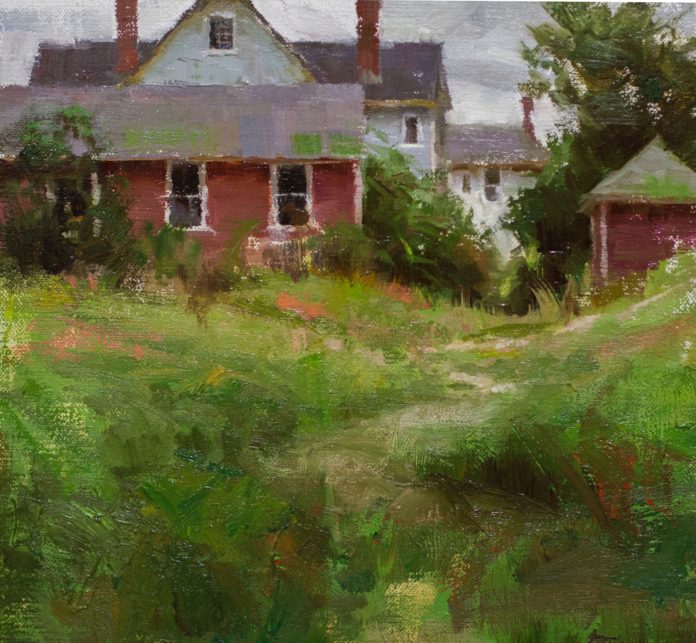

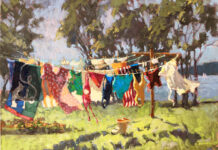
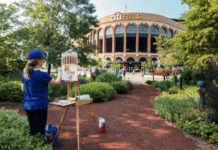

Keys is an incredible artist – he has unlocked the keys of pleinaire painting.